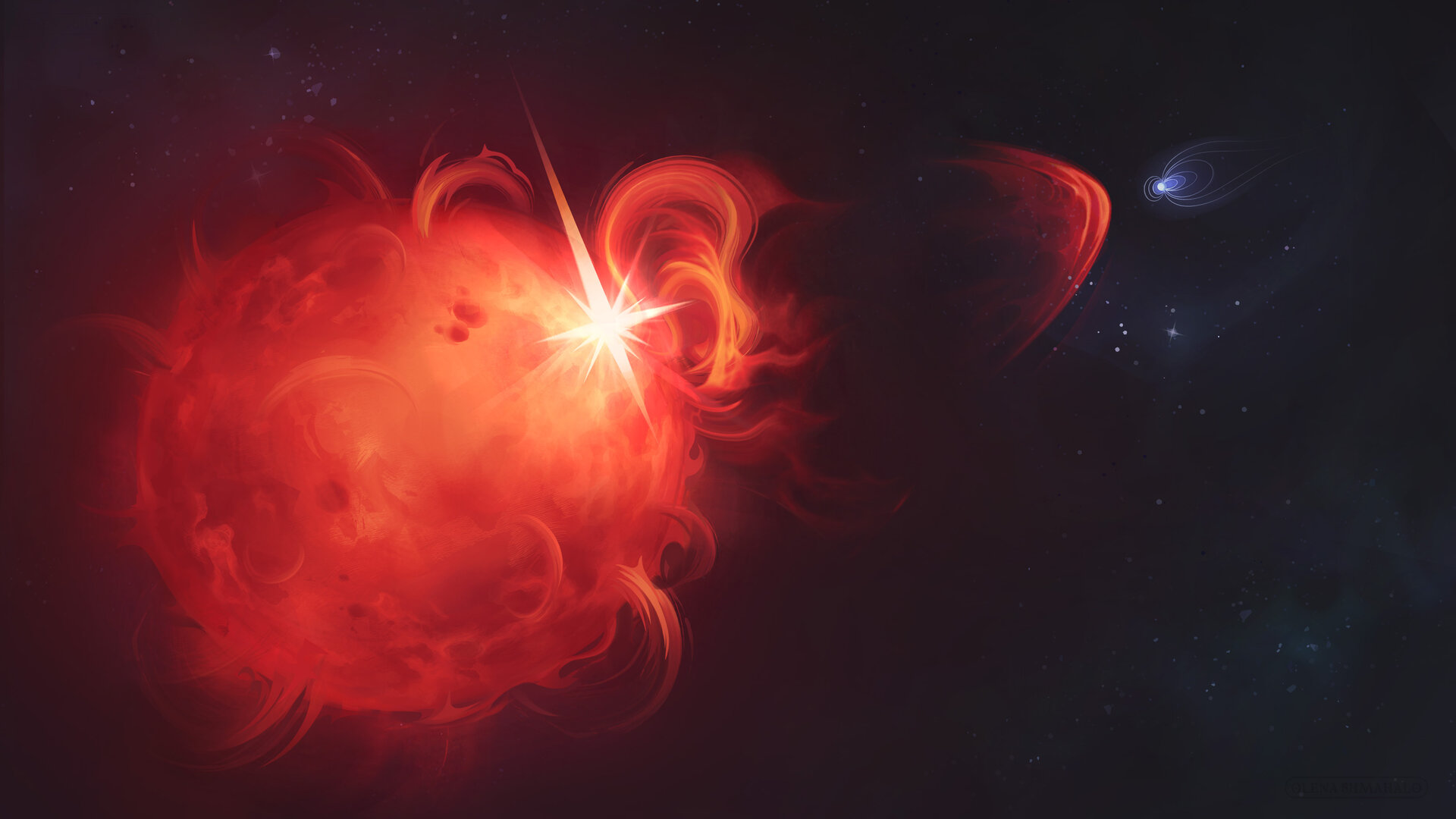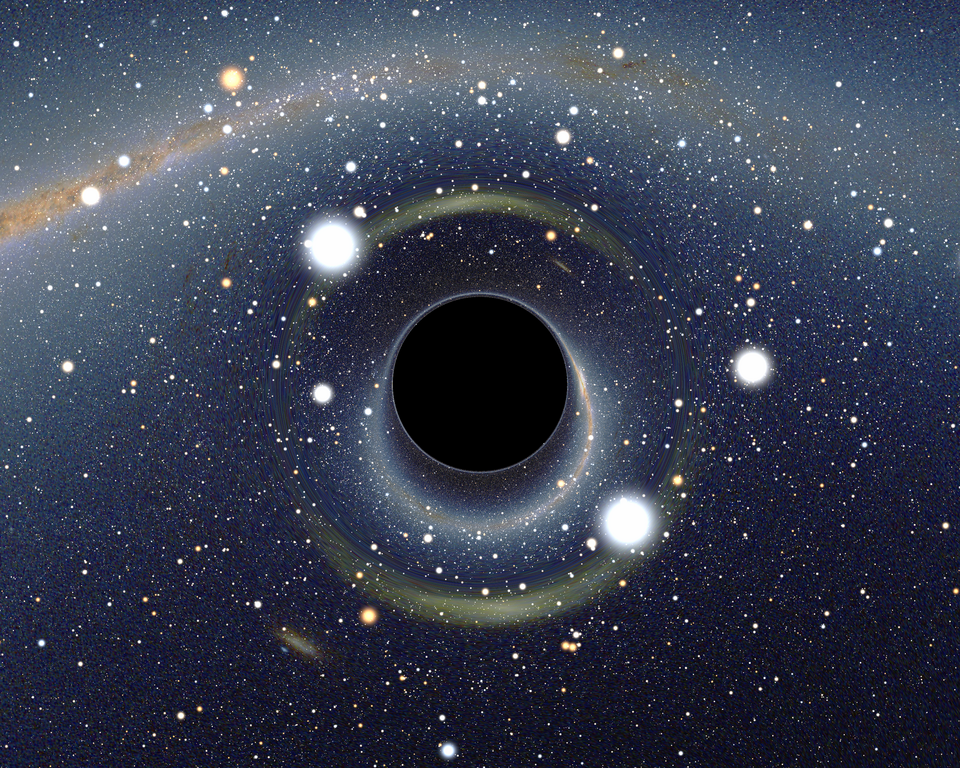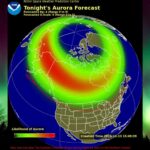Now Reading: Astronomers Confirm First Coronal Mass Ejection from a Star Outside the Solar System
-
01
Astronomers Confirm First Coronal Mass Ejection from a Star Outside the Solar System
Astronomers Confirm First Coronal Mass Ejection from a Star Outside the Solar System


Astronomers have made a groundbreaking discovery, using the European Space Agency’s XMM-Newton space telescope and the LOFAR radio telescope to successfully observe a coronal mass ejection (CME) from a star outside our solar system. This event marks the first time that scientists have confirmed the occurrence of such a powerful eruption on a star, capable of potentially stripping the atmosphere from any planets that happen to be in its vicinity.
The observed CME, typified by massive expulsions of stellar material, is similar to those frequently emitted by our Sun. These kinds of eruptions can significantly alter space weather patterns, leading to stunning auroral displays on Earth, while also posing a threat to nearby planets by eroding their atmospheres. Until now, while indirect evidence suggested that CMEs might occur on other stars, researchers had not definitively confirmed their presence – a gap successfully addressed by this latest research published in the journal Nature.
Joseph Callingham from the Netherlands Institute for Radio Astronomy (ASTRON) highlighted the importance of this discovery. “For decades, astronomers have sought to detect CMEs on other stars,” he stated. “Our findings are a clear confirmation that material has escaped the star’s magnetic influence.” The team detected the brief yet intense radio waves emitted during the CME from a red dwarf star located approximately 130 light-years from Earth. Callingham emphasized that these radio signals provide unequivocal evidence of a CME’s existence, as they could not occur without material being expelled beyond the star’s magnetic field.
The red dwarf star, which is significantly different from our Sun, is smaller, cooler, and less luminous. It has about half the mass of the Sun, spins twenty times faster, and possesses a magnetic field that’s three hundred times more powerful. Given that many known exoplanets orbit such stars, this research could have implications for our understanding of the habitability of such worlds.
The crucial observations relied on advancements in data processing methods at the Observatoire de Paris-PSL, enhancing the capabilities of the LOFAR telescope to identify the radio emissions. Additionally, scientists employed XMM-Newton to analyze the star’s temperature, brightness, and rotation in X-ray wavelengths to contextualize their findings. David Konijn, a PhD student working with Callingham, emphasized the collaborative effort required, noting that neither telescope could have independently yielded the comprehensive data necessary for such a significant conclusion.
The research revealed that the CME was traveling at an astonishing speed of 2,400 kilometers per second – a velocity this is quite rare among CMEs from our Sun, occurring in only about 0.05% of cases. The force of this ejection could effectively strip the atmospheres of any closely orbiting planets, highlighting the dynamic and potentially hazardous environment around such stars.
This discovery has profound implications for the ongoing search for extraterrestrial life. A planet’s potential for habitability often hinges on its location within the “habitable zone,” where conditions allow for liquid water to exist. However, if a star is particularly active and discharges frequent CMEs, it could render nearby planets inhospitable despite their ideal distance.
Henrik Eklund, an ESA research fellow, noted that this work represents an important new direction in understanding the nature of stellar eruptions and the associated space weather phenomena. It expands our capacity to study not only the CMEs associated with our Sun but also those that occur in stars hosting potentially habitable exoplanets.
Similarly, ESA XMM-Newton Project Scientist Erik Kuulkers remarked on how this discovery deepens our understanding of stellar behavior and its potential impact on the habitability of other worlds. He attributed the achievement to the collaborative nature of scientific research, which plays an important role in advancing our knowledge of the universe.
The research paper detailing these findings, “Radio Burst from a Stellar Coronal Mass Ejection,” was published on November 12. As astronomers continue to explore the cosmos, initiatives like XMM-Newton are poised to lead to even more revelations about the universe’s hot and extreme phenomena, shaping our understanding of stellar evolution and the conditions for life beyond Earth.
Stay Informed With the Latest & Most Important News
Previous Post
Next Post
-
 012024 in Review: Highlights from NASA in Silicon Valley
012024 in Review: Highlights from NASA in Silicon Valley -
 02Panasonic Leica Summilux DG 15mm f/1.7 ASPH review
02Panasonic Leica Summilux DG 15mm f/1.7 ASPH review -
 03How New NASA, India Earth Satellite NISAR Will See Earth
03How New NASA, India Earth Satellite NISAR Will See Earth -
 04And Thus Begins A New Year For Life On Earth
04And Thus Begins A New Year For Life On Earth -
 05Astronomy Activation Ambassadors: A New Era
05Astronomy Activation Ambassadors: A New Era -
06SpaceX launch surge helps set new global launch record in 2024
-
 07Space Force plans new ‘Futures Command’ amid pressure to speed up modernization
07Space Force plans new ‘Futures Command’ amid pressure to speed up modernization



















